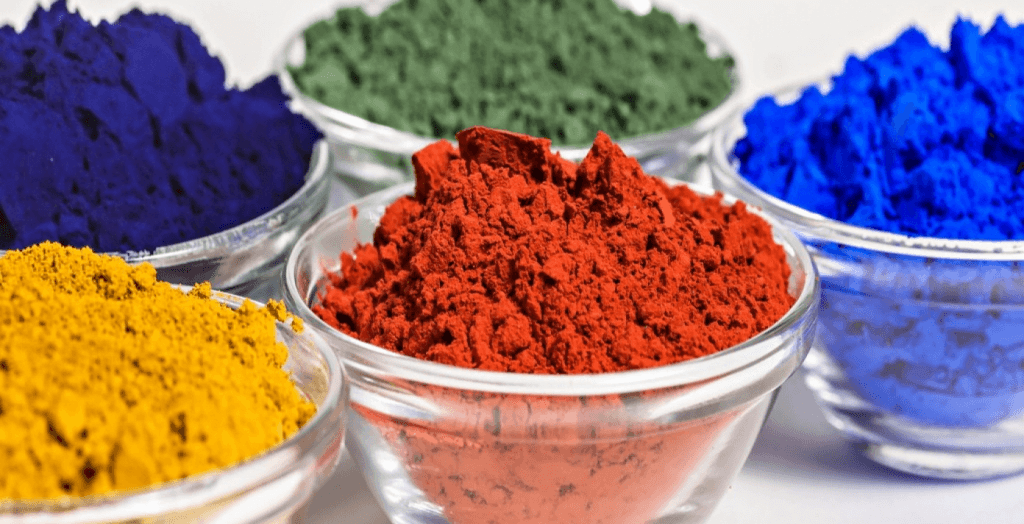Tattoo Pigments: Exploring Safe & Vibrant Ink Options
Pigments form the foundation of tattoo inks, although technically they are not inks in the traditional sense. Instead, they consist of molecules suspended in a solution known as a "carrier" or vehicle. These pigments, primarily metallic salts, impart the distinctive colors to tattoos. The role of the carrier is to keep the pigments disinfected and well mixed, thereby facilitating the application process.
Historically, colored pigments were primarily derived from minerals and carbon black. However, technological advancements have introduced new options, including industrial organic products, plant-based elements, and plastics. It's important to note that some pigments can cause adverse reactions such as allergies, scarring, or photosensitivity (reactions to light, especially sunlight).
Specifically, plastic-based pigments, while producing vibrant colors, are known to trigger allergic reactions in many individuals. Some pigments are also designed to glow in the dark or react to ultraviolet rays, but this feature can pose additional risks, including toxicity. Some of these pigments may be harmless, while others can be radioactive or toxic.

To better understand the composition of colored pigments, here are some examples:
- Black: Typically derived from iron oxide, natural black may include magnetite, wüstite crystals, and amorphous carbon derived from combustion (soot).
- Brown: Often derived from ochre, a combination of iron or mixed oxides with clay.
- Green: Usually obtained from chromium oxide, green pigments may contain additives such as potassium ferrocyanide (yellow or red) and ferric (Prussian blue).
- Cobalt Blue: These blue pigments are composed of minerals such as copper, carbonate (azurite), sodium silicate, and aluminum (lapis lazuli), copper calcium silicate (Egyptian blue), as well as other aluminum, cobalt, and chromium oxides.
The choice of colored pigments for tattoos is not only aesthetic but also a matter of safety and health. It is crucial for tattoo artists and clients to be aware of the risks associated with certain pigments and to take appropriate precautions during the tattooing process. Consulting with an experienced professional and conducting thorough research can help ensure safe and satisfying aesthetic results.




